Understanding Teeth Whitening
Teeth whitening is one of the most popular cosmetic dental procedures, sought after by individuals looking to enhance their smiles and boost their confidence. But what exactly does teeth whitening entail, and how does it work? This process involves lightening the shade of your teeth, effectively reducing discoloration and stains. The goal is to achieve a brighter, more aesthetically pleasing smile. There are several methods for teeth whitening, from professional treatments performed by dentists to over-the-counter products available for at-home use. Understanding the different approaches and the science behind them is essential for making informed decisions about your oral health and achieving the desired results. Choosing the right method will largely depend on the type and severity of the staining, as well as your individual preferences and budget. It’s a significant step in maintaining optimal oral hygiene and enhancing your overall appearance.
How Teeth Whitening Works
Teeth whitening primarily works by using bleaching agents to break down the stains and discoloration that have accumulated on your teeth over time. These agents, typically containing hydrogen peroxide or carbamide peroxide, penetrate the enamel and dentin layers of the teeth to target the stain molecules. The effectiveness of the whitening process depends on several factors, including the concentration of the bleaching agent, the duration of its application, and the type of stains present. Different whitening methods employ varying concentrations and application times, which is why professional treatments often yield faster and more dramatic results compared to at-home kits. Regular maintenance and adherence to professional advice are also key factors in achieving long-lasting effects and minimizing potential side effects.
The Science Behind Whitening Agents
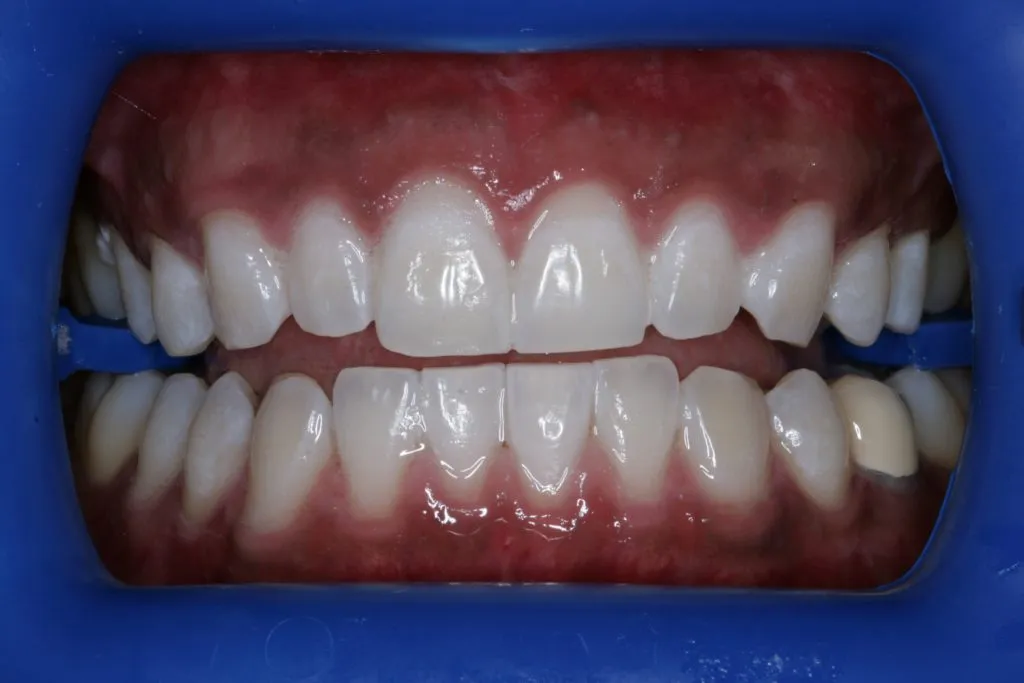
The core mechanism of teeth whitening revolves around the oxidation process. Whitening agents like hydrogen peroxide release oxygen molecules that penetrate the porous enamel of your teeth. These oxygen molecules interact with the stain molecules, breaking the chemical bonds that hold them together. This reaction effectively breaks down the larger stain molecules into smaller, less visible ones. This process does not remove the enamel; it simply alters the color of the stains within it. The strength of the whitening agent is a critical factor, with higher concentrations typically leading to faster results. However, this also increases the potential for sensitivity and other side effects. Understanding this scientific process helps you appreciate the benefits and potential drawbacks of different whitening methods.
Types of Teeth Whitening
There are various teeth whitening options available, each with its own advantages and disadvantages. These options are broadly categorized into professional treatments performed by dentists and at-home methods. Professional whitening offers the benefit of stronger bleaching agents and expert application, leading to quicker and more dramatic results. At-home methods, such as whitening strips, trays, and toothpastes, are more convenient and cost-effective but may require more time to achieve the desired shade. The choice of method depends on your budget, time constraints, and the severity of your staining. Consulting with your dentist is always recommended to determine the most suitable option for your specific needs and to discuss potential risks.
Professional Whitening
Professional teeth whitening is conducted by a dentist in a clinical setting. It often involves a higher concentration of bleaching agents, which are carefully applied to the teeth. The dentist may use a special light or laser to accelerate the whitening process, enhancing the effectiveness of the treatment. This method provides immediate results, often brightening the teeth several shades in a single session. The dentist can also monitor the procedure and manage any sensitivity or side effects that may arise. Although professional whitening is more expensive than at-home options, it delivers superior and consistent results. The entire procedure, including preparation and post-treatment care, is designed to ensure safety and optimize the whitening outcome. Regular check-ups and professional cleaning are often recommended to maintain the results.
At-Home Whitening Kits
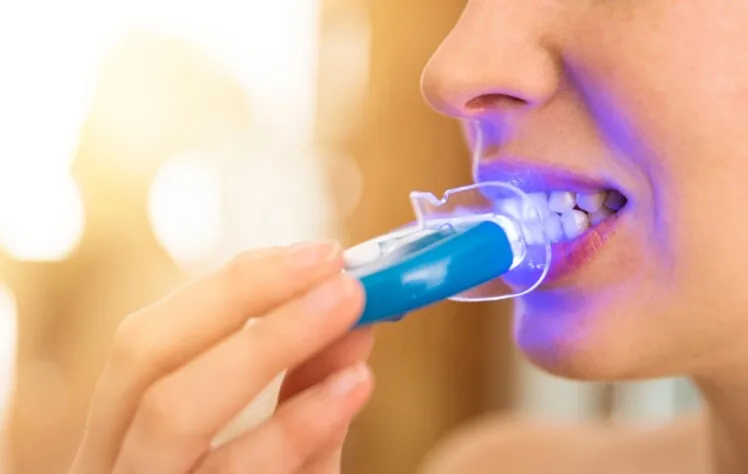
At-home whitening kits offer a more convenient and cost-effective alternative to professional treatments. These kits typically include whitening strips, trays, or toothpastes containing lower concentrations of bleaching agents. Whitening strips are easy to use, adhering directly to the teeth and delivering the bleaching agent. Custom-fitted trays, filled with whitening gel, provide more comprehensive coverage of the teeth. Whitening toothpastes help to remove surface stains and can slightly lighten the teeth over time. While at-home kits are generally safe, they may take longer to produce visible results than professional treatments. Following the instructions carefully and consulting with your dentist can help maximize effectiveness and minimize potential risks.
What Whitening Does to Your Teeth
Teeth whitening specifically targets the discoloration present in your enamel and dentin. It primarily addresses stains that have accumulated over time due to various factors, such as the consumption of staining foods and beverages, smoking, and the natural aging process. The whitening process does not change the structure of the tooth itself, but rather lightens the color by removing or breaking down the stain molecules within the tooth. It’s essential to understand the nature of the stains to anticipate the effectiveness of the treatment. Whitening is most effective on extrinsic and certain intrinsic stains and less effective on others. Regular brushing, flossing, and professional cleaning can help maintain the results.
Surface Stains vs. Intrinsic Stains
Understanding the difference between surface and intrinsic stains is crucial for managing expectations about teeth whitening. Surface stains, also known as extrinsic stains, are located on the outer surface of the enamel and are often caused by food, drinks (like coffee, tea, and red wine), and tobacco use. These stains are generally easier to remove with whitening treatments. Intrinsic stains, on the other hand, are located deeper within the tooth structure, in the dentin. These stains can be caused by aging, certain medications, or trauma to the tooth. Intrinsic stains may be more challenging to address and may require more intensive or prolonged whitening treatments to achieve the desired results. Consulting with a dentist can help you determine the nature of your stains and the most effective whitening approach.
The Effect on Enamel
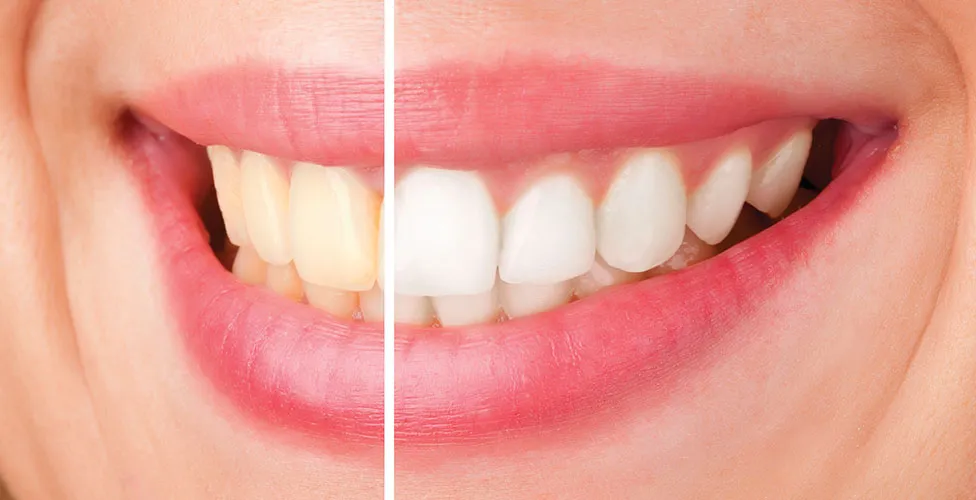
The primary objective of teeth whitening is to lighten the color of your teeth without causing significant damage to the enamel. The bleaching agents used in whitening treatments work by penetrating the enamel to break down the stain molecules. They do not fundamentally alter the structure of the enamel. However, excessive or improper use of whitening products can potentially lead to enamel erosion or increased tooth sensitivity. Following professional guidance and adhering to product instructions is essential for minimizing these risks. Proper oral hygiene practices, including regular brushing with a fluoride toothpaste and flossing, can help protect and maintain the health of your enamel after whitening. Regular dental check-ups are crucial for monitoring the condition of your teeth and gums.
Benefits of Teeth Whitening
The benefits of teeth whitening extend beyond just a brighter smile; they can have a positive impact on your overall well-being and social interactions. A whiter smile can boost your self-esteem, making you feel more confident and attractive. The psychological and social advantages of teeth whitening should not be overlooked. Improved confidence can lead to more positive interactions, increased social opportunities, and enhanced self-image. Regularly maintaining a bright smile is a great step for better mental health. The overall impact on your life is significant, making it a worthwhile investment for many people.
Improved Aesthetics
A whiter smile is often perceived as a sign of youth, health, and attractiveness. Teeth whitening can significantly enhance your appearance by removing stains and discoloration, leading to a more radiant smile. This aesthetic improvement can boost your confidence in both personal and professional settings. A brighter smile can make you feel more comfortable and self-assured when interacting with others. The cosmetic benefits of teeth whitening are immediate and noticeable, enhancing your overall appearance and leaving a positive impact on how you present yourself to the world. This aesthetic enhancement also promotes better oral hygiene.
Boost in Confidence

One of the most significant benefits of teeth whitening is the boost in confidence it provides. A bright, white smile can make you feel more self-assured in social situations, leading to increased self-esteem and a more positive self-image. Feeling good about your smile can also have a ripple effect, positively influencing your interactions with others and improving your overall quality of life. A confident smile can help you make better first impressions, feel more comfortable in photographs, and generally feel more at ease in social settings. This enhanced confidence will also reflect positively on your professional life.
Potential Risks and Side Effects
While teeth whitening is generally a safe procedure, it’s essential to be aware of the potential risks and side effects. These can vary depending on the whitening method used, the concentration of the bleaching agent, and the individual’s sensitivity levels. The most common side effects are usually temporary and can be managed with proper care. Consultation with a dentist is always recommended to assess your oral health and to discuss the potential risks and benefits of teeth whitening. Understanding these potential issues will help you make an informed decision.
Tooth Sensitivity
Tooth sensitivity is a common side effect of teeth whitening, especially with higher concentrations of bleaching agents. The bleaching agents can penetrate the enamel and reach the dentin, where the nerve endings are located, leading to increased sensitivity. This sensitivity typically manifests as a temporary discomfort when consuming hot or cold foods and beverages. The intensity of the sensitivity varies from person to person and usually subsides within a few days after the whitening treatment. Dentists often recommend using desensitizing toothpaste or applying fluoride treatments to minimize this effect. Avoiding extremely hot or cold foods during the whitening process can also help manage sensitivity.
Gum Irritation
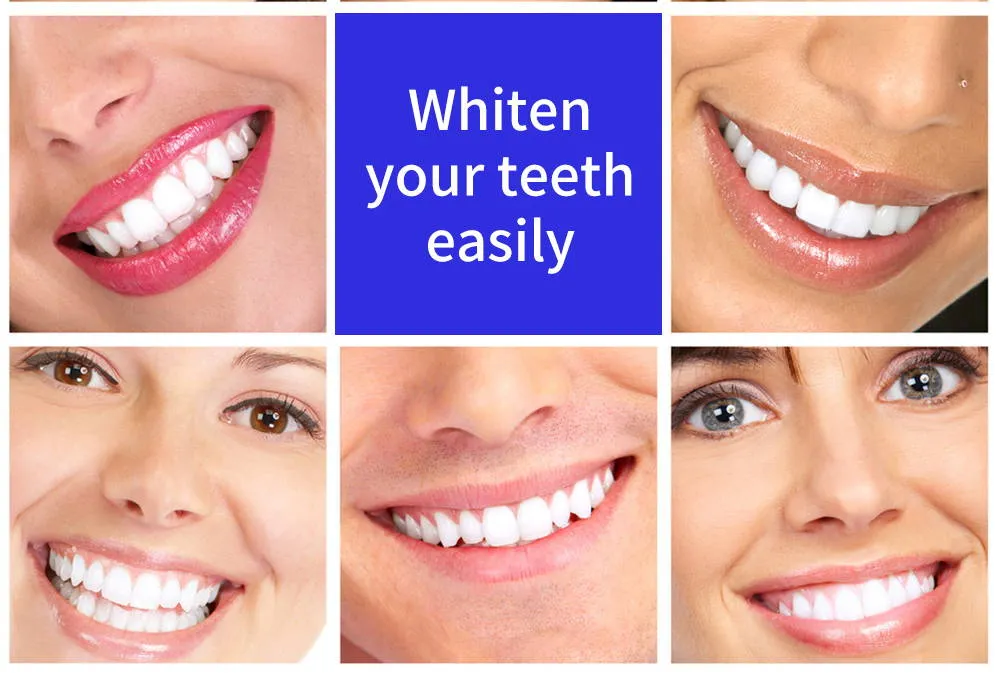
Gum irritation is another potential side effect of teeth whitening, particularly if the bleaching agent comes into contact with the gums. This can result in mild inflammation or soreness. The risk of gum irritation is more common with at-home whitening kits, where the trays may not fit perfectly, allowing the bleaching agent to leak onto the gums. Proper application techniques and ensuring that the whitening trays are fitted correctly can help minimize this risk. If gum irritation occurs, it usually resolves on its own within a few days. Avoiding excessive amounts of the whitening agent and following the dentist’s instructions carefully can also help prevent or reduce gum irritation.
Choosing the Right Whitening Method
Selecting the right teeth whitening method is crucial for achieving the desired results and minimizing potential risks. The ideal choice depends on your individual needs, budget, and the severity of your staining. Consulting with your dentist is the most important step. They can assess your oral health, determine the cause of the staining, and recommend the most suitable whitening option. Taking into consideration the type of staining present on your teeth is important as certain stains respond better to certain treatments. Also, your lifestyle factors, such as your diet, habits, and time commitment, should influence your decision. Understanding all the variables will allow you to make an informed decision.
Consulting Your Dentist
Consulting your dentist is the most crucial step in the teeth whitening process. A dental professional can provide a comprehensive assessment of your oral health, identify any underlying issues that may affect the whitening outcome, and recommend the most appropriate treatment plan. The dentist can also determine the cause of your teeth staining, differentiating between surface and intrinsic stains, and advising on the best approach for your situation. They will also be able to discuss potential risks, manage any side effects, and provide you with the most effective and safest whitening method. Regular dental check-ups and professional cleanings are also recommended to maintain the results.
Considering Your Needs
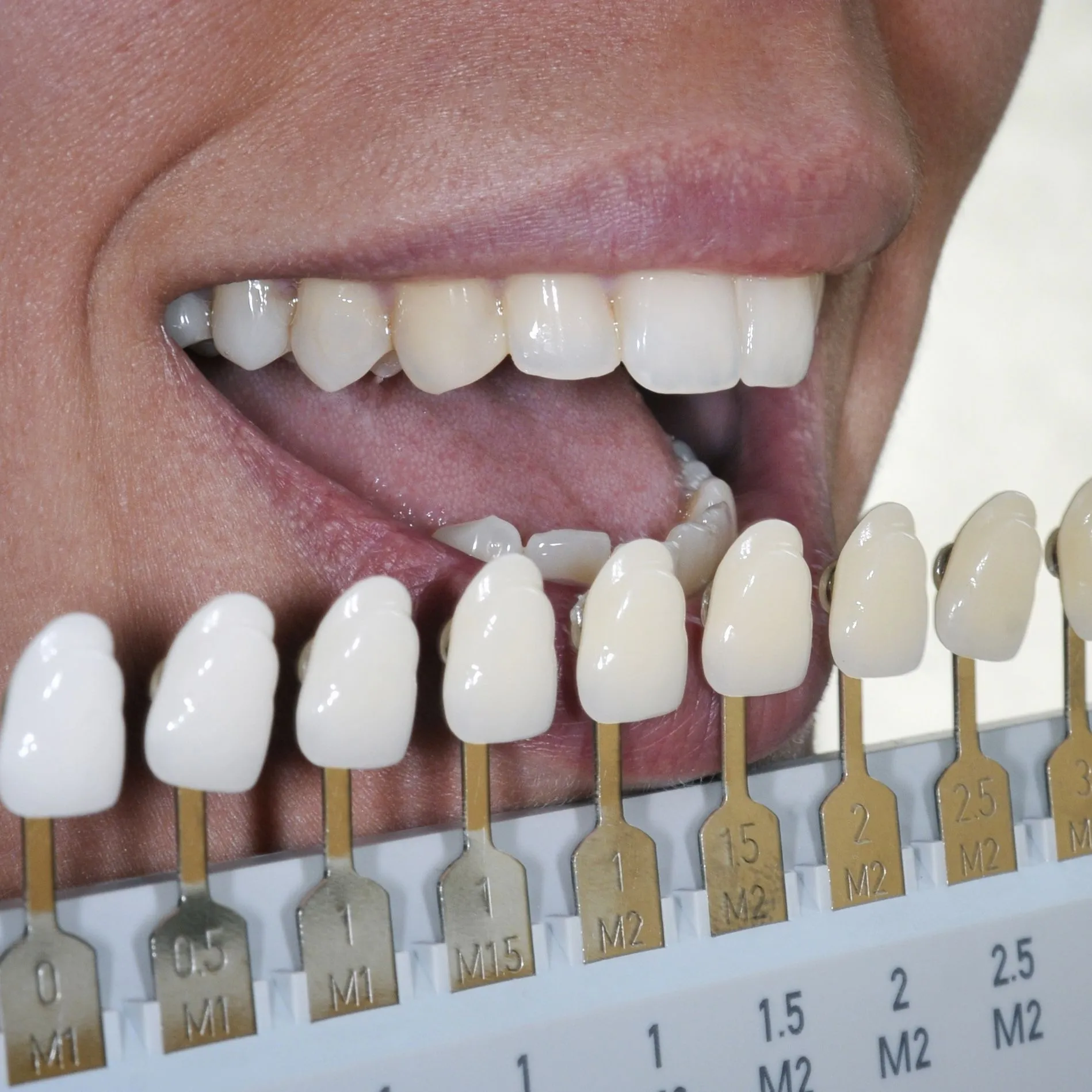
When choosing a teeth whitening method, consider your individual needs and lifestyle. Consider how quickly you want to see results, your budget, and the level of convenience you prefer. If you need quick results, professional whitening might be the best choice, despite the higher cost. If you are on a budget and have more time, at-home kits can be effective. If you have sensitive teeth, discuss this with your dentist to ensure you select a method that minimizes discomfort. Consider your daily habits, such as consuming staining foods and beverages, and whether you smoke, as these can affect the longevity of your results. Choosing the right method involves balancing your desires with practical considerations and your dentist’s expert advice.
